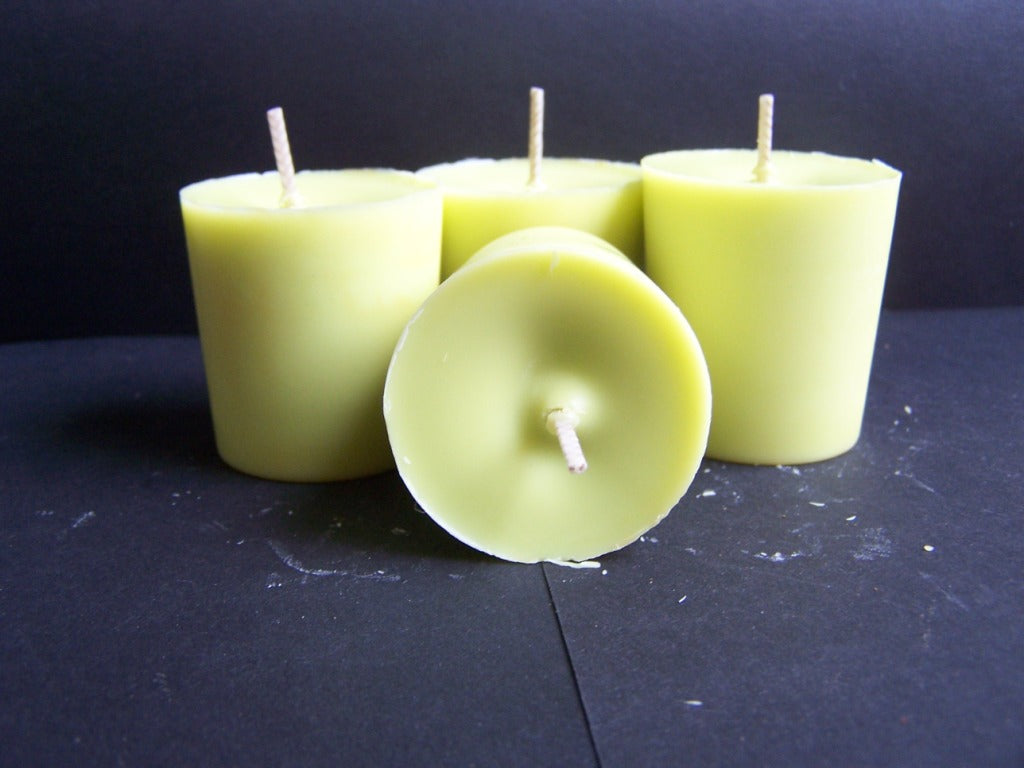Experience the Peacefulness of Crystal Soy Candles and Home Fragrance
Experience the Peacefulness of Crystal Soy Candles and Home Fragrance
Blog Article
From Wick to Wax: Understanding the Chemistry Behind Soy Wax Candles and Their Ecological Effect
As we brighten our rooms with the cozy radiance of candles, there lies a realm of elaborate chemistry behind the seemingly easy act of lighting a soy wax candle. Join us as we decipher the clinical details behind soy wax candles and discover their effects on our atmosphere.
Soy Wax Vs. Paraffin Wax
When contrasting soy wax and paraffin wax for candle making, it is important to recognize the distinct characteristics and advantages of each material. Soy wax is a natural, eco-friendly resource stemmed from soybean oil, making it biodegradable and environmentally friendly - home fragrance. On the other hand, paraffin wax is a result of oil refining, which elevates concerns concerning its environmental effect and sustainability
Soy wax candle lights shed cleaner and give off less residue contrasted to paraffin wax candles, making them a healthier selection for indoor air top quality. Additionally, soy wax has a reduced melting point, enabling a longer-lasting candle light that disperses fragrance better. Paraffin wax, on the other hand, often tends to burn faster and less easily, potentially releasing harmful chemicals into the air.
From a sustainability viewpoint, soy wax is favored for its biodegradability and sustainable sourcing, aligning with the expanding customer choice for eco aware items. While paraffin wax has actually been a conventional choice in candle light making as a result of its affordability and convenience of usage, the shift towards green options like soy wax is obtaining energy in the industry.
Chemical Make-up of Soy Wax

Combustion Process in Soy Candles
The chemical composition of soy wax directly affects the burning process in soy candle lights, influencing elements such as burn time, scent launch, and ecological influence. When a soy candle light is lit, the heat from the flame melts the wax near the wick.
The combustion efficiency of soy candle lights is influenced by the purity of the soy wax and the high quality of the wick. A clean-burning soy candle with a properly sized wick will reduce and create a constant fire soot development. This not only prolongs the shed time of the candle however likewise boosts the release of scents. In addition, soy wax candles have a reduced environmental influence contrasted to paraffin candle lights as a result of their biodegradable and renewable nature.

Ecological Benefits of Soy Wax

Taken into consideration a sustainable option to typical paraffin wax, soy wax supplies notable ecological benefits that make it a preferred option amongst eco-conscious customers. Soy wax burns cleaner and creates much less soot than paraffin wax, contributing to much better interior air high my review here quality and minimizing the need for cleansing and maintenance. Overall, the ecological benefits of soy wax line up with the growing demand for environment-friendly and lasting items in the market.
Recycling and Disposal Factors To Consider
Reusing and proper disposal of soy wax candles play a vital role in preserving environmental sustainability and decreasing waste in households and communities. The very first action is to make sure that the candle light has shed totally when it comes to recycling soy wax candles. This can be achieved by allowing the candle to shed until the wick is no longer useful, and afterwards letting the remaining wax cool and solidify. As soon as the wax has actually solidified, it can be meticulously removed from the container.

In terms of disposal, if recycling is not an alternative, soy wax candles are biodegradable and can be securely disposed of in most house waste systems. Nevertheless, it is always suggested to consult neighborhood recycling centers or waste monitoring solutions for certain standards on candle light disposal to ensure correct handling and ecological defense.
Final Thought
In final thought, the chemistry behind soy wax candles reveals their ecological benefits over paraffin wax candle lights. Soy wax, derived from soybean oil, burns cleaner and generates less residue when compared to paraffin wax.
When comparing soy wax and paraffin wax for candle making, it is important to comprehend the unique characteristics look at more info and advantages of each material (soy candles).Soy wax candle lights shed cleaner and discharge much less soot contrasted to paraffin wax candle lights, making them a much healthier choice for indoor air quality.Considered a go to this site sustainable option to traditional paraffin wax, soy wax uses noteworthy environmental advantages that make it a prominent option among eco-conscious consumers. Soy wax burns cleaner and produces much less soot than paraffin wax, contributing to far better interior air quality and lowering the need for cleansing and upkeep.In final thought, the chemistry behind soy wax candle lights exposes their ecological advantages over paraffin wax candles
Report this page